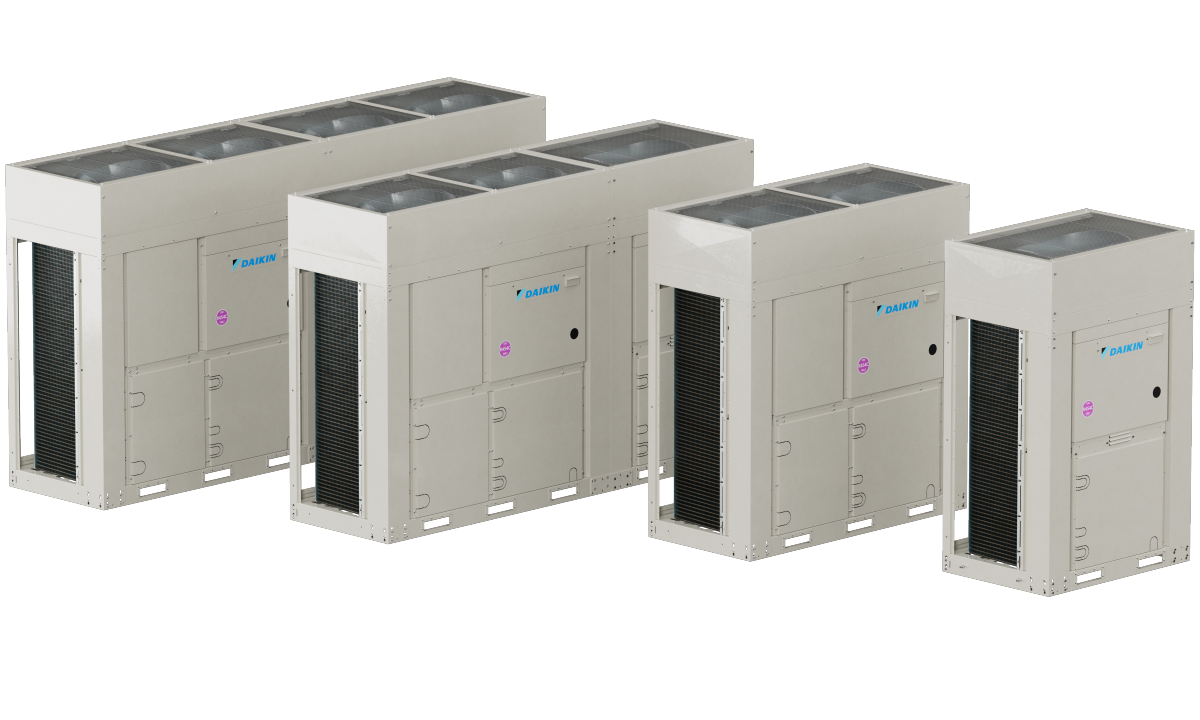Intensified global focus on the use of cleaner energy solutions are making us more considerate of the impact of the fuels and energy we use on a daily basis whilst spawning innovative developments, such as the introduction of alternative fuels, like hydrogen fuel cells for example.
With several leading car makers becoming more heavily focused in this field and governments encouraging the move away from fossil fuels, fuel station owners are having to consider what the future holds, including the arrival of technology such as hydrogen-powered vehicles.
This, in turn, has resulted in the need for fuel stations to make drastic adaptations to their operation.
Investing in emerging hydrogen power technology
Hydrogen-powered vehicles are becoming an increasingly important focus for many of the leading automotive names, in particular Honda, Toyota, and Hyundai. This is because of the zero emission of carbon dioxide and other harmful particles – in fact, the only emissions from hydrogen cell cars is water[1].
The challenge now is making facilities required to power these vehicles accessible in time for when the U.K. phases out unleaded and diesel. Hydrogen storage cells capable of being transported by road are now becoming more prevalent within the sector, resulting in the U.K. having the opportunity to build a network of clean energy service stations and become one of the pioneers in sustainable power.
It is these vessels which can help fuel stations to secure their long-term future in the ever-evolving landscape of demand for clean energy. And manufacturers will be key to that future.
The challenge of working within tight parameters
Each hydrogen storage vessel has its own unique make-up and will operate in slightly different conditions each time. For manufacturers, these are crucial for understanding the safety parameters in which they can operate.
For the hydrogen storage market to deliver the results the key players and stakeholders expect, these parameters – encompassing every aspect of a vessel’s design from the material thickness through to the pressures it is likely to face over the course of its operation – are essential.
They are the guidelines, which will allow vessel manufacturers and the companies storing and supplying hydrogen to deliver quality each time and work within a regulated space.
Of course, having strict parameters in place does make it more of a challenge for manufacturers to develop a completely unique product from scratch, yet this is a necessary compromise to ensure the vision for clean energy is fulfilled safely.
Devising a cost-effective, safe solution
The continuous repairing of corroded or rusted material is a costly process. For many industrial nations, repairing corrosion accounts for between 3.4% and 4.5% of GDP[2]. To avoid this heavy cost and still ensure sound structural integrity, alternative materials need to be considered at all stages of a vessel’s development.
While this may result in changes to the design of the vessel, these should never come at the cost of safety.
Many vessels currently in operation are constructed from sheets of carbon steel; whilst these are strong, there is always the danger of corrosion damage and therefore the weakening of the structure. For the transition to hydrogen fuel to be smooth and as inexpensive as possible for both manufactures and fuel stations, there needs to be a balance between strength and cost.
[3]While it may be a more expensive material, stainless-steel has a much higher tensile strength than the carbon steel commonly used for hydrogen pressure vessels. Not only that, but the chromium present within the alloy’s structure means that the risk of corrosion is much less than in carbon steel structures.
What also makes stainless-steel a strong replacement metal for pressure vessels is its ability to withstand the high pressures within the vessel chamber and the fact that it does not react with the gases it contains.
Unlike its counterpart, carbon steel requires extensive machining for it to conform to the standards laid out by such guidelines as EN 13445. However, stainless-steel, being thinner and lighter, is much more straightforward to work with, and can be cut using machines already available to most manufacturers.
Therefore, the need for repeated manufacturing or additional outsourcing is removed.
The process of manufacturing vessels for the future
Carefully selecting the correct material is only one aspect of a pressure vessel’s manufacture, however. Understanding the conditions it will be expected to face over its life-cycle (and how long that life-cycle lasts) is essential.
To gain an accurate idea of these aspects, manufacturers have an abundance of technology at their disposal. Through utilizing the latest CAD software and simulations, manufacturers have the means to address areas of fatigue within the vessel structure before it is installed at a fuel station or other facility.
These simulations are also vital for maintaining accurate precision manufacturing and making necessary adjustments within the required product design specifications (PDS) at the soonest possible opportunity. They are also key in deciding the geometry of the vessel and its size; both of which vary significantly depending on the vessel’s expected capabilities.
Advancements of technology within manufacturing has also opened the door to greater possibilities when it comes to the creation of complex structures such as hydrogen storage vessels. The machinery involved in the manufacturing process allows for improved accuracy, as well as increasing capacity, removing the need for repeated manufacturing of the same material – saving money in the process.
Looking to the future
In the ever-changing world of clean energy solutions, being able to assess issues and address them at the first opportunity ensures fuel stations of the future will be cleaner, safer, and more sustainable in ways the current generation cannot.
And for consumers steering towards green-powered cars, being able to access these facilities will make the shift as smooth as possible.
References
[1] https://www.driveclean.ca.gov/Search_and_Explore/Technologies_and_Fuel_Types/Hydrogen_Fuel_Cell.php
[2] https://www.ncheurope.com/en/rust-problems
[3] https://www.bepeterson.com/blog/5-reasons-your-process-may-benefit-from-stainless-steel-pressure-vessels
About the author
Edgar Rayner, Technical Director at LTi Metaltech, first joined the company in 2011. In that time, he has overseen LTi’s work in the fabrication of components for highly specialized fields, such as energy storage, nuclear power, and healthcare, with major names within these particular fields. Edgar’s passion for innovation runs through the company, enabling it to deliver quality each time within these areas.
The views and opinions expressed in this article are the author’s own, and do not necessarily reflect those held by pv magazine.
This content is protected by copyright and may not be reused. If you want to cooperate with us and would like to reuse some of our content, please contact: editors@pv-magazine.com.



1 comment
By submitting this form you agree to pv magazine using your data for the purposes of publishing your comment.
Your personal data will only be disclosed or otherwise transmitted to third parties for the purposes of spam filtering or if this is necessary for technical maintenance of the website. Any other transfer to third parties will not take place unless this is justified on the basis of applicable data protection regulations or if pv magazine is legally obliged to do so.
You may revoke this consent at any time with effect for the future, in which case your personal data will be deleted immediately. Otherwise, your data will be deleted if pv magazine has processed your request or the purpose of data storage is fulfilled.
Further information on data privacy can be found in our Data Protection Policy.